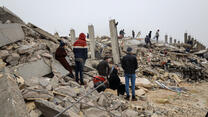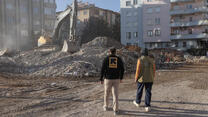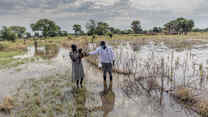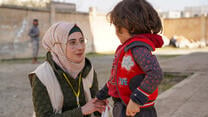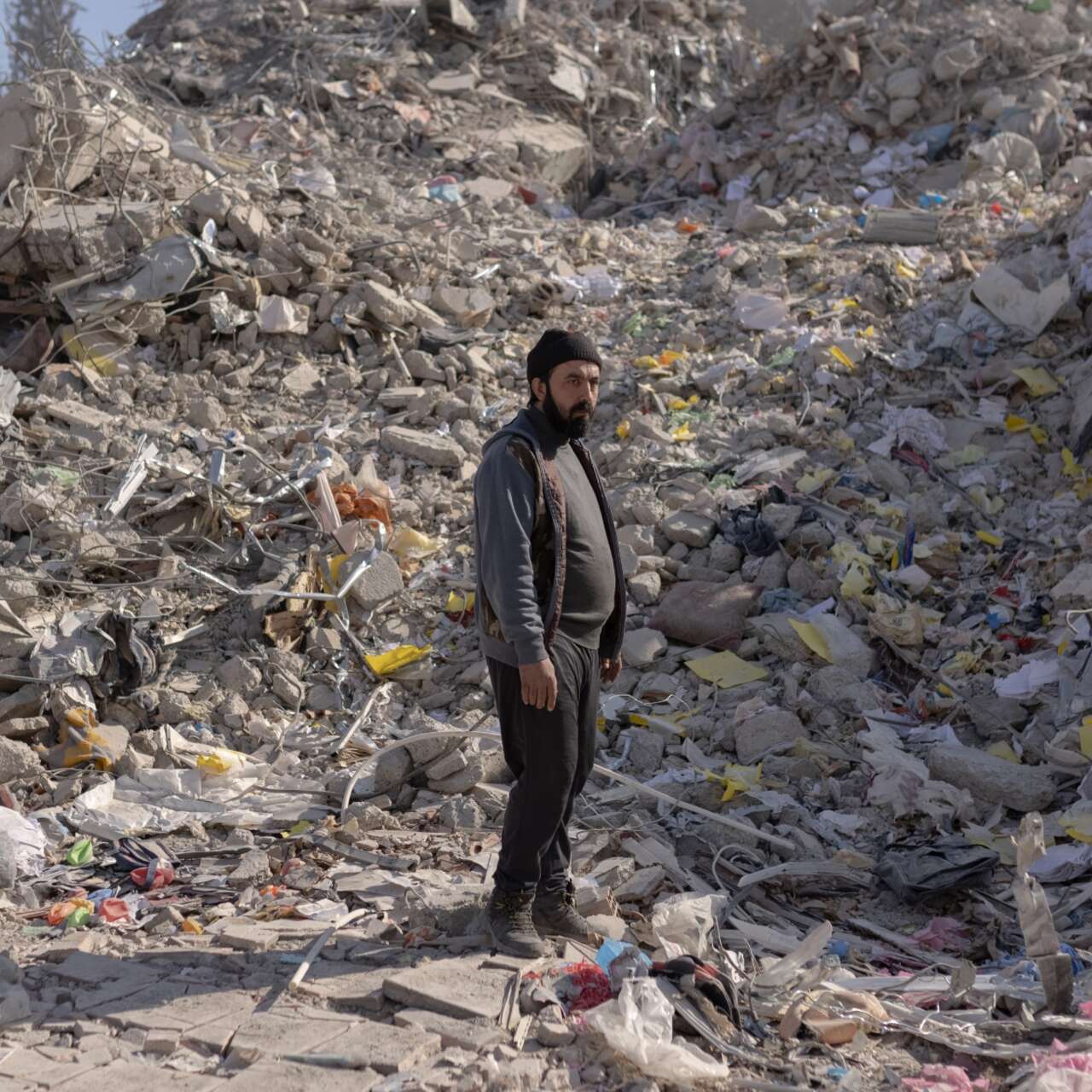
Each year, approximately 20,000 earthquakes occur globally. Even though most of these earthquakes are weak or occur in unpopulated areas, their destructive potential is clear. While richer nations have been able to take measures to “earthquake-proof” buildings, such infrastructure remains out of reach for many around the world.
Earthquakes continue to pose a serious threat to climate-vulnerable communities. In 2023 alone, severe earthquakes leveled neighbourhoods in Afghanistan, Morocco, Turkey and Syria causing more than 60,000 deaths.
Find out more about the causes and effects of earthquakes, and how the IRC responds to the needs of earthquake-stricken communities.
What causes earthquakes?
An earthquake is caused by sudden movement of the earth, usually along the boundaries of the seven major and eight minor tectonic plates. Foreshocks may precede an earthquake while aftershocks can follow - both can topple buildings and damage infrastructure.
Each year, 20,000 earthquakes are recorded globally. Some scientists suggest that climate change could be increasing the number of earthquakes.
While the majority of these disasters do not pose an immediate risk to communities, a single powerful earthquake can level entire communities. This is especially true for population centres located on fault lines - where tectonic plates meet - which makes them prone to experiencing more frequent and severe earthquakes.
What damage do earthquakes cause?
The size of an earthquake is captured as a “magnitude”, with a higher magnitude indicating a stronger earthquake. Earthquakes can level entire communities and indiscriminately affect pieces of critical infrastructure like schools and hospitals.
Several earthquake-prone communities have invested in constructing earthquake-proof buildings that limit the impacts of earthquakes. However, such measures remain out of reach for many communities around the world.
Earthquakes like the one that struck Northern Syria in February 2023, severely impacted vulnerable communities that lacked both the investments needed to limit the damage of earthquakes through earthquake-proofing and the strong public services needed to meet the needs of survivors.
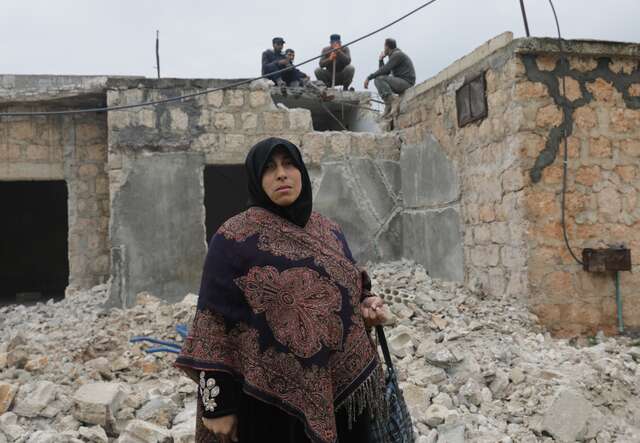
Displacement
One of the most evident ways that earthquakes cause damage is by destroying homes, which can happen even with lower-magnitude earthquakes. When a larger earthquake hits a populated area, entire neighbourhoods can be wiped out, leaving survivors without shelter.
Displacement is particularly concerning for women and children who face an increased risk of exploitation and violence while displaced.
Damage to critical infrastructure
Earthquakes damage pieces of critical infrastructure, disrupting services that are essential to everyday life. Powerful quakes can destroy power grids and water lines, leaving communities without access to electricity or water for extended periods of time.
Meanwhile, damage to schools and displacement limits children’s access to education during a time of crisis. Education services are critical to both the cognitive development and mental health of children and are a critical part of regaining control of life after a crisis.
Hospitals may also be affected, crippling local health services at a time when they’re needed most.
Additionally, earthquakes damage roads which can prevent people, goods and services from entering or exiting earthquake-affected regions. This can sever crisis-affected communities from humanitarian aid when they are most vulnerable.
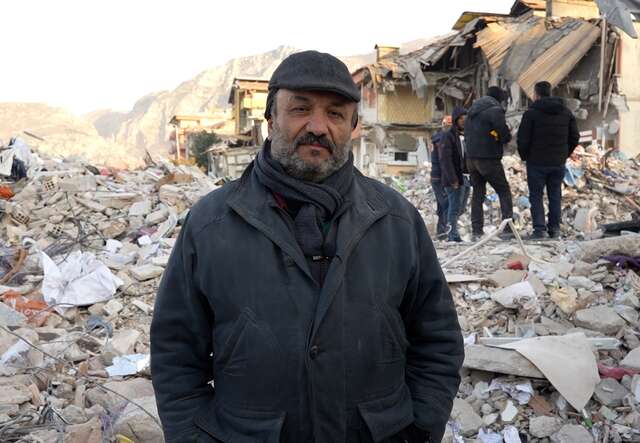
How does the IRC respond to earthquakes?
The IRC defines emergencies as emerging humanitarian crises or situations in which there is a significant deterioration in context - where existing services are overwhelmed and communities’ access to basic needs are unmet. Crises caused by earthquakes can meet this definition.
After a crisis, like a powerful earthquake, the IRC conducts needs assessment surveys to find out what the particular needs of the affected community are. This allows us to tailor our response and work with local partners to meet the needs of affected communities.
Although the IRC adapts each response to the crisis at hand, we regularly deploy health support and cash assistance to meet the immediate needs of communities impacted by an earthquake.
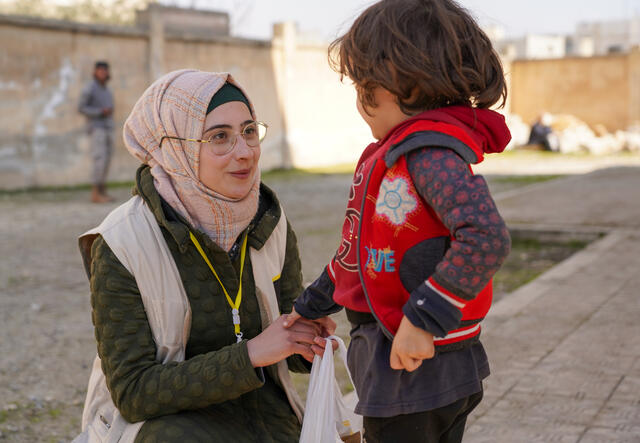
Providing healthcare services
When earthquakes damage hospitals and healthcare facilities, affected communities are left without adequate access to health services. In these circumstances, the IRC works to complement what services remain available through material and technical support to health facilities. The IRC can also deploy mobile health teams to meet the needs of communities in more remote regions.
In recognising the immense mental health needs in the wake of crises, the IRC also provides counselling sessions to support women, children and caregivers and provides safe spaces for them to stay.
“Mental health and psychosocial support is key for those who have survived the [Syria-Turkey] earthquake, given the high prevalence of trauma and distress,” says Tanya Evans, the IRC’s Syria country director.
Delivering cash assistance
Cash assistance is one of the most effective ways to help people experiencing crisis. This strategy empowers survivors to make decisions about how to best meet the needs of their families while simultaneously providing a cash injection to the local economy.
In 2022, the IRC distributed over $80 million worth of cash assistance to people in more than 30 countries. Each of these distribution programmes are customised to meet the specific needs of those receiving assistance.
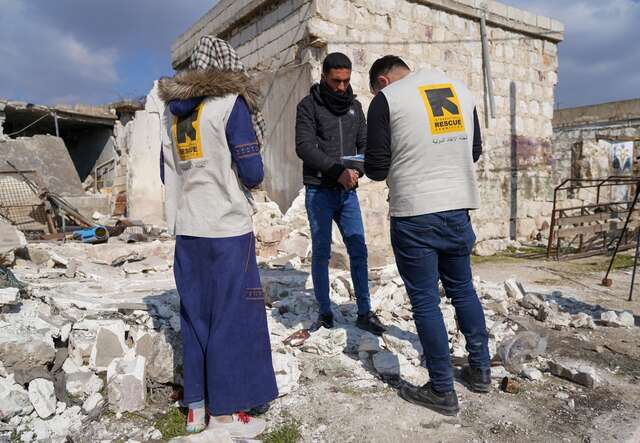
Working with local partners
Across our programmes, the IRC strives to deliver a locally-led response designed and delivered in partnership with local organisations and communities that best understand local conditions and needs. We work to complement, not replace, local response teams and services. By working together, we can ensure that more people receive the assistance they need to survive a crisis and begin their road to recovery.
An adaptive approach
The IRC recognises that no two crises are the same. Above all else, we seek to meet the immediate needs of survivors and innovate new approaches to do so. We will continue to respond to emergencies across the world and deliver services in more than 50 countries around the world.
Consider donating today to support our mission.
*Pseudonym used for privacy
